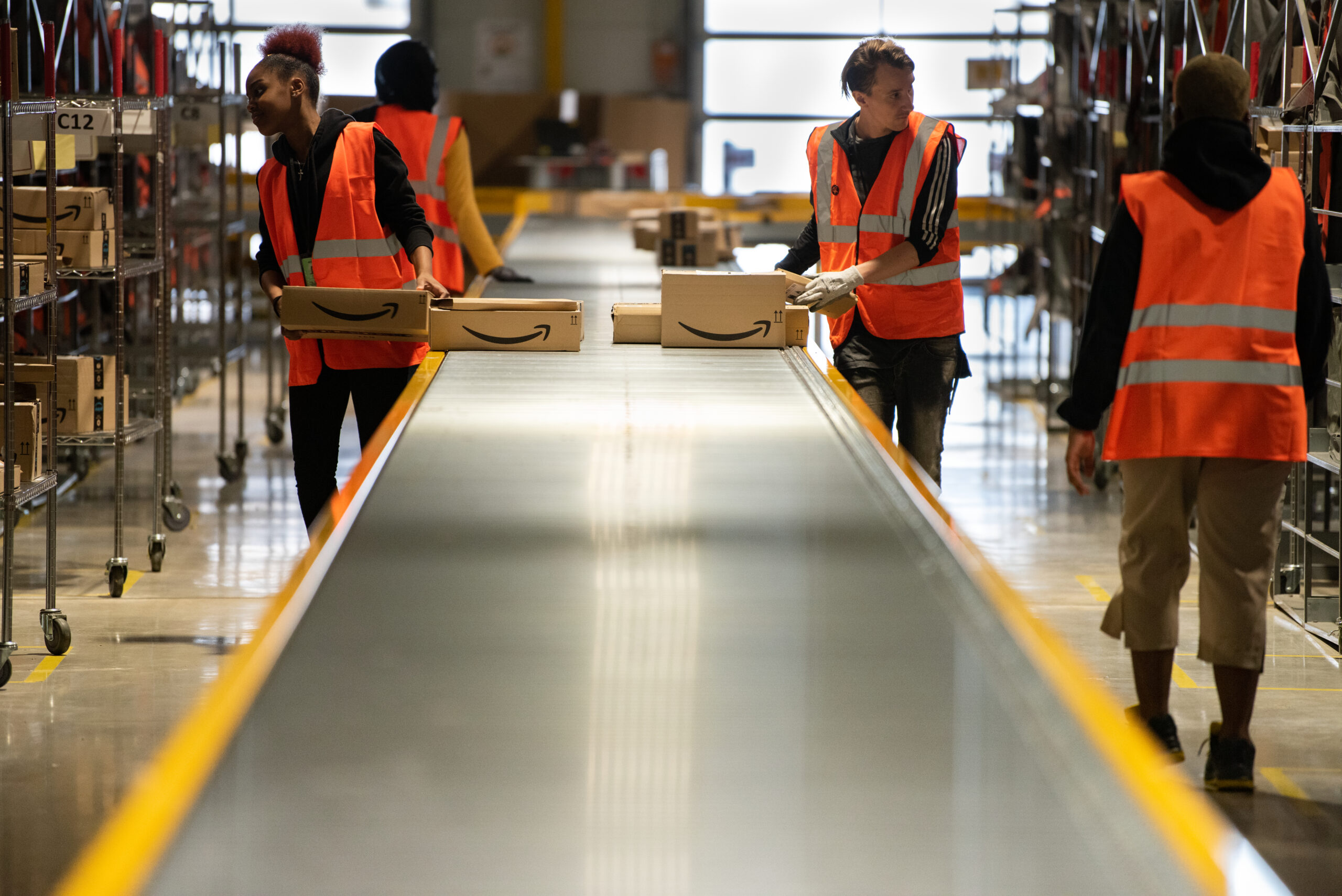Ecommerce giant Amazon is trialling the use of artificial intelligence (AI) in 12 warehouses in a bid to reduce the amount of damaged items sent out, while speeding up picking and packing operations.
Currently, warehouse workers are responsible for checking goods for signs of wear and tear as they pick, pack and stow merchandise while meeting Amazon-set targets measuring how many orders they handle per hour. Jeremy Wyatt, director of applied science at Amazon Robotics, told the Wall Street Journal that checking for damage can be time consuming given that most items are in fine condition.
“That’s cognitively demanding because obviously you’re looking for something that’s rare and it’s not your primary job,” he said.
Amazon estimates that fewer than one in 1,000 items it handles are damaged, though the total number is significant for the retailer, which handles around eight billion packages annually.
During the picking and packing process, individual orders are placed into bins that move through an imaging station, where they are checked to confirm the right products have been selected. That imaging station will now also evaluate whether any items are damaged.
The AI was trained with photos of undamaged items, compared with damaged items. The AI was then taught the differences so it can flag a product when it does not look perfect. If a product is broken, the bin will move to a worker who will take a closer look. If everything looks fine, the order will be moved along to be packed and shipped to the customer.
Amazon estimates that the AI is three times as effective at identifying damages as a warehouse worker.
The introduction of AI into Amazon’s warehouses is just the latest move from the marketplace to automate its processes. Since acquiring mobile robots start-up Kiva in 2012 Amazon has rolled out technology across the board. In May, Stefano Perego, Amazon’s vice president of customer fulfilment & global ops services, stressed that it was not developing technology for technology’s sake with any innovation used to improve the customer and employee experience.







